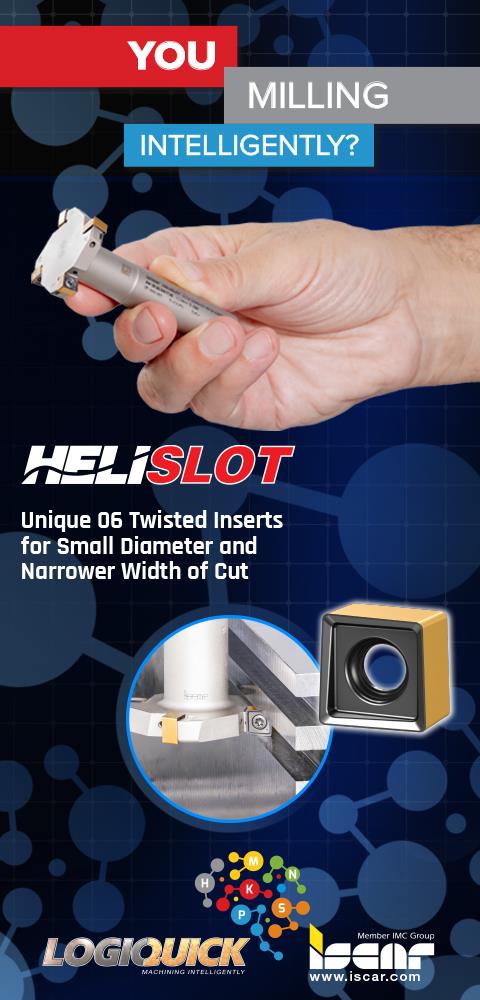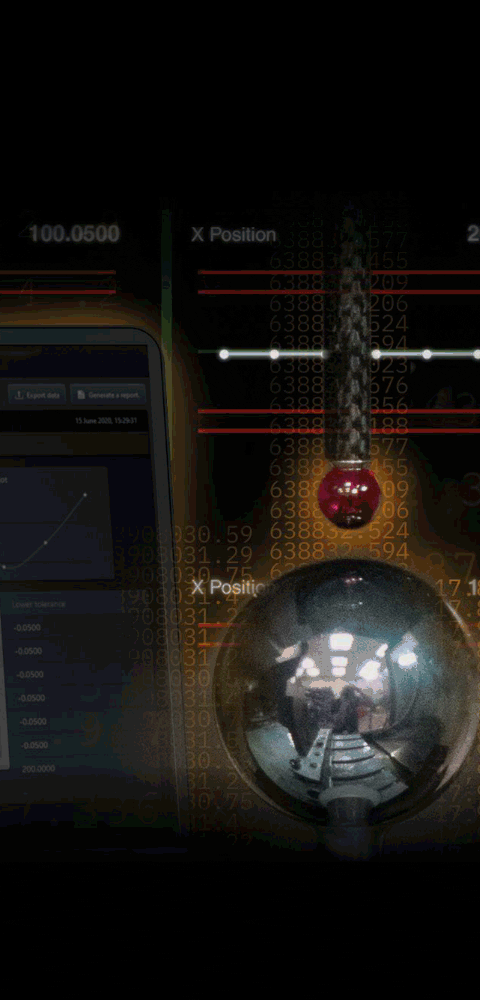






Compensation-Enabled Cutting Edges Increase Quality, Productivity
November 1, 2016

"Quality can be increased, processing sped up and tool service life increased with the new line boring bars with compensation-enabled cutting edges," said a MAPAL spokesperson.
To make fine machining of crankshaft bearing journals on a machining center economical, line boring bars are often used. "With an innovative concept, MAPAL has been able, in collaboration with a machine manufacturer, to optimize this processing in several ways," said a company spokesperson. "Compared with conventional line boring bars, quality can be increased, processing sped up and tool service life increased, all due to the new line boring bars with compensation-enabled cutting edges."
The new line boring bars simultaneously act as actuating tools. The cutting edges are controlled to retract into the tool into the storage slots via an inner tie rod. Only in this way can all of the separators of the crank shaft bearing lanes be machined simultaneously in one pulling cut. "Without the control of the cutting edge, a collision of the workpiece and the cutting edge upon retracting would be inevitable," said the spokesperson. The drawbar can be operated through different systems, such as the mechatronic systems (e.g. TOOLTRONIC), via a coolant pressure system or an in-house system of the machining center.
"Manual adjustment of the cutting inserts to compensate for wear - and associated machine downtime - is not necessary due to the new implementation of the line boring bars," said the spokesperson. "This is because according to each individual application, the cutting edges are measured directly in the machining center with an integrated measuring rod or externally, and the actual value entered into the control of the machining center. The cutting edges will be readjusted accordingly and the determined wear will automatically be compensated for."
For more information contact:
MAPAL Inc.
4032 Dove Road
Port Huron, MI 48060
810-364-8020
info@us.mapal.com
www.mapal.com
< back